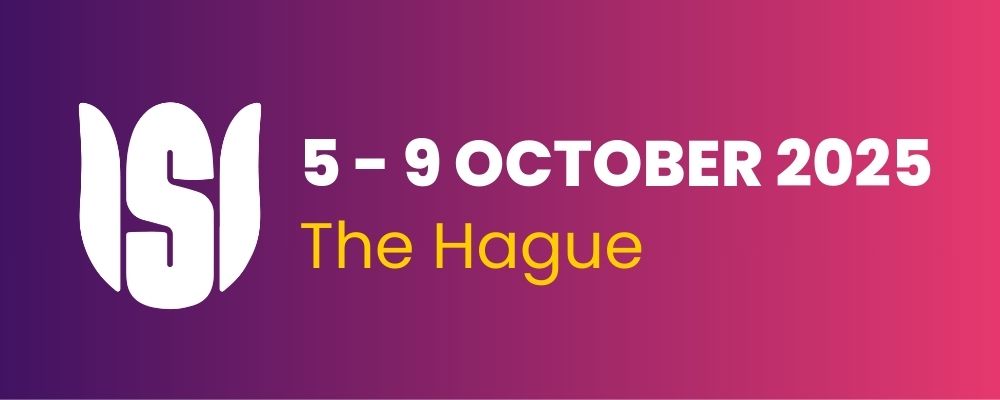Generalizing Treatment Effect from EHR-Recruited Trials Using Bayesian Propensity Prediction
Conference
65th ISI World Statistics Congress
Format: IPS Abstract - WSC 2025
Keywords: bayesian additive regression trees, causal treatment effect, clinical trials, electronic health records, propensity scores
Session: IPS 806 - Advances in Handling Missing Data for EHR and Causal Inference
Monday 6 October 2 p.m. - 3:40 p.m. (Europe/Amsterdam)
Abstract
Although randomized controlled trials provide strong internal validity, they often lack external validity when attempting to generalize findings to broader populations. This limitation, known as generalizability, arises when trial participants are not representative of the target population of interest. To address this challenging, we develop a method that emphasizes the central role of propensity scores for trial participation, combined with flexible outcome models to ensure double robustness. While most doubly robust methods rely on propensity score weighting, we propose an interaction-based spline-BART model. This model estimates potential outcomes across treatment groups by incorporating a penalized spline function of the propensity score and modeling high-dimensional covariates using Bayesian Additive Regression Trees. Our approach improves both the efficiency and interpretability of generalizability analysis, particularly in settings with imbalanced treatment groups or covariate shifts between trial participants and the target population. Simulation studies demonstrate that our method outperforms existing methods with smaller mean squared errors and close to nominal level coverage. We further apply our proposed method to generalize the treatment effect of an electronic shared decision-making strategy in facilitating implementation of depression treatment among patients with coronary heart disease from a trial sample to all eligible patients in the EHR from which the trial participants were recruited.
